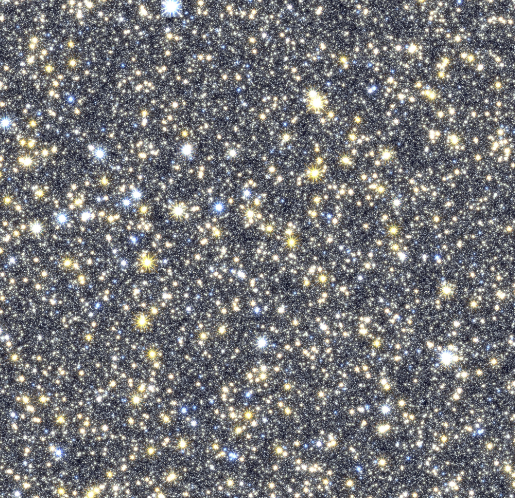NASA's upcoming Nancy Grace Roman Space Telescope is poised to deliver an unprecedented view into the heart of our Milky Way galaxy.
The mission's primary objective is to meticulously monitor hundreds of millions of stars, seeking subtle fluctuations that reveal the presence of various celestial bodies. These may include planets, distant stars, icy objects on the fringes of our solar system, solitary black holes, and more.
NASA further noted that in the process, the telescope is anticipated to set a new record for the farthest-known exoplanet, opening a window to a different galactic realm potentially housing worlds vastly distinct from the known 5,500.
Galactic Bulge
Roman's extensive sky surveillance, the linchpin of these endeavors, represents a significant advancement in time-domain astronomy. It will join a global consortium of observatories working collaboratively to capture real-time cosmic changes.
Roman's Galactic Bulge Time-Domain Survey will concentrate on our Milky Way, using its infrared capabilities to pierce through dust clouds that typically obscure our vision of the densely populated central region.
Scheduled for launch on May 2027, the mission will scan the Milky Way's core for microlensing events. This happens when an object, such as a star or planet, aligns almost perfectly with an unrelated background star, as observed from our vantage point.

Due to the mass-induced warping of spacetime, light from the distant star bends around the closer object, acting like a natural magnifying glass and causing a temporary surge in brightness.
This luminous signal indicates the presence of an intervening object, even if it remains hidden from direct observation. The survey's blueprint involves continuously capturing an image every 15 minutes for approximately two months.
According to NASA, this process will be repeated six times over Roman's primary five-year mission, accumulating more than a year's worth of observations.
Read Also : NASA's Nancy Grace Roman Space Telescope Could Find 400 Earth-Mass Rogue Planets, New Study Reveals
NASA's Roman Mission to Unveil a Thousand Planets
Astronomers anticipate that the survey will unveil over a thousand planets orbiting far from their parent stars and in systems positioned farther away from Earth than any previous mission has reached.
This includes candidates potentially residing within their star's habitable zone - the orbital range conducive to liquid water. Moreover, it may detect worlds weighing in at just a few times the mass of our Moon.
A parallel technique will illuminate 100,000 transiting planets between Earth and the galaxy's core. These planets pass in front of their host star during orbit, momentarily dimming the light we receive.
According to NASA, this method will unveil planets orbiting much closer to their parent stars than microlensing observations allow, potentially identifying some within the habitable zone.
Roman's Galactic Bulge Time-Domain Survey, accounting for a fraction of the overall observation time in its five-year primary mission, is poised to unlock a trove of scientific revelations.
Its expansive view of the cosmos will enable astronomers to embark on studies that were previously beyond reach, offering a fresh perspective on a universe in perpetual flux.
Related Article : Ring Nebula Comes Into Focus: NASA's James Webb Space Telescope Unveils Remains of a Dying Star in Stunning Detail

ⓒ 2025 TECHTIMES.com All rights reserved. Do not reproduce without permission.




